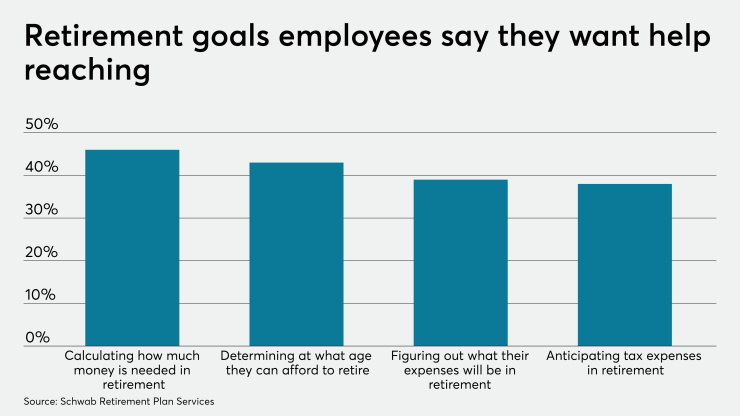The Latinx community is experiencing disproportionately high unemployment rates due to COVID-19, impacting their ability to reach their retirement goals. According to the Bureau of Labor Statistics, the unemployment rate among this demographic is 10.3%, compared to 7% unemployment among caucasian workers.
While Latinx employees experienced difficulties in saving for retirement well before the pandemic, exclusion from the labor market has made retirement increasingly unattainable. Additionally, recent data from Prudential found that 21% of the working Latinx Americans saw their household income cut in half as a result of the coronavirus pandemic, compared to 17% of the general population.
See Also:
“Latinx Americans are significantly less prepared for retirement than the general population,” says Yanela Frias, president of Prudential Retirement. “Only about a third of working age Latinos are contributing to their employer sponsored 401k plan retirement accounts. That's compared to 48% of the general population.”
Frias says Latinx employees often prioritize cultural responsibilities ahead of their own financial planning.
See Also:
“Latinx Americans place a high priority on short term goals like supporting family and paying down debt,” Frias says. “Caring for elders and providing for college are also very significant values to that population, more so than for the general population. This adds financial stress takes away from the ability to save for retirement.”
In a recent one-on-one interview, Frias gave her thoughts on how employers can recognize and close the gap in retirement planning for their Latinx employees.
What retirement planning inequalities might employers be blind to?
In order to effectively save for retirement, an individual must be financially well throughout the journey. This means budgeting and living within your means and having emergency savings. It means managing your debt and paying it down at the proper cadence and ensuring you have that balance between short term and long term savings. What’s really important to Latinx Americans is education.
Employers should be focused on continuing to educate the Latinx American community, and develop those tools and resources that will make it easier for them, in addition to offering financial wellness tools. But education is critical.
What strategies can employers use to be sure their employees are prepared for retirement?
It’s not only education and providing tools around financial wellness, but helping their employees understand the benefits that are available to them. If there is a retirement plan available, then it is critical that the individuals contribute. It’s a matter of starting small and growing over time.
Employers have to help employees understand that they have to start contributing as early as possible. If there is an employer match, that’s free money they should absolutely be taking advantage of. That education is critical, as is increasing employee contributions over time. Also, make sure employees understand that they should stay invested and try not to withdraw from their retirement account.
Employers can really help by [prioritizing] plan design. Employers have a defined amount of benefit dollars, so how they design the retirement plan is going to be really important to help employees maximize the benefit. Things like automatically enrolling their employees and having them have to opt out is very effective, because people say ‘OK, I’m enrolled and it makes sense that I stay enrolled.’ Having automatic increases — so if somebody is contributing 1% the plan automatically increases to 2% [and so on] per year — takes the work off the employee.






